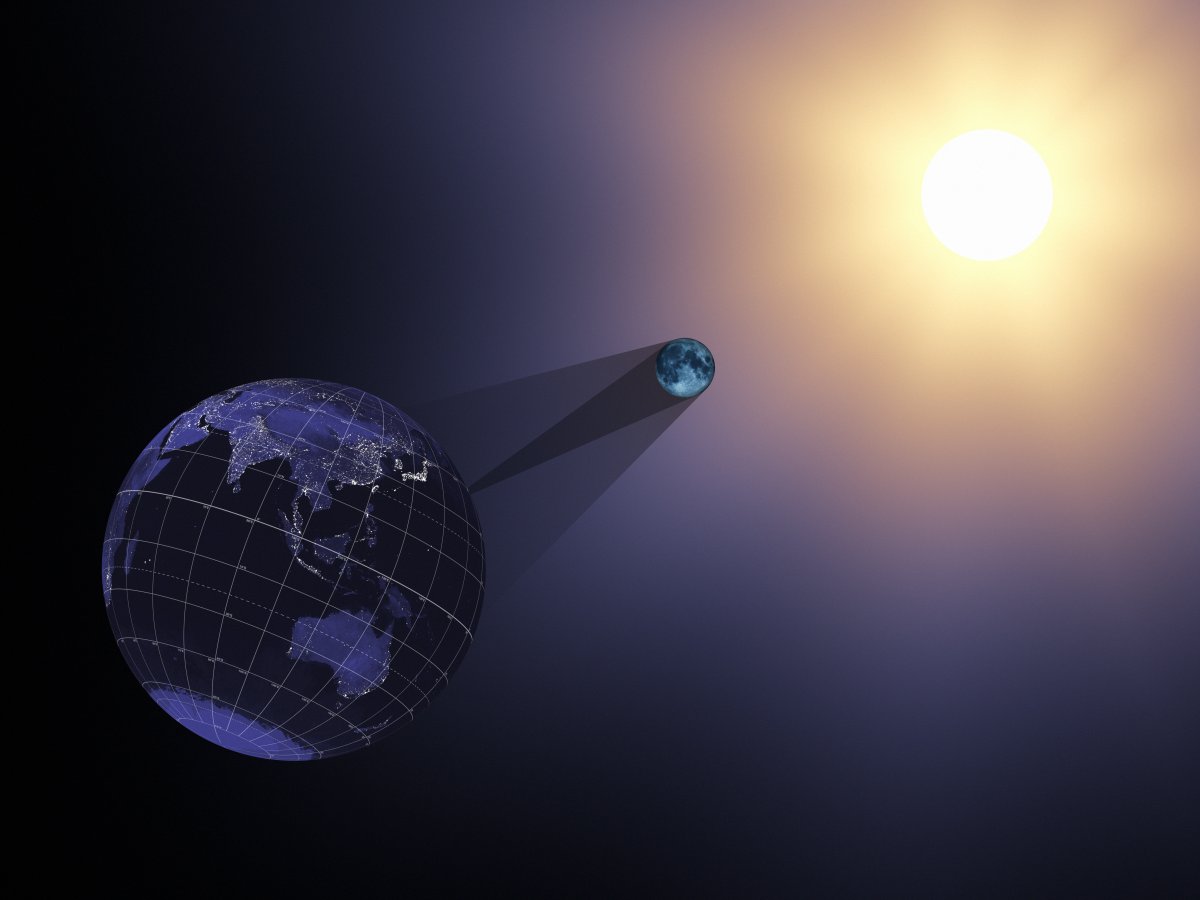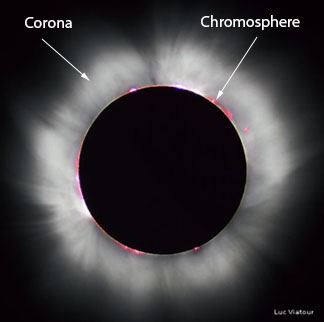The Great American Eclipse
 NASA/ The Exploratorium
NASA/ The Exploratorium
On August 21, 2017, day will appear as night, temperatures will drop, and birds will fly home to roost. This may sound like something out of fiction, but it’s all very real. For the first time in decades, North America will experience a total solar eclipse stretching from coast to coast and even including Hawaii and Alaska. More than likely, if you’ve had access to TV, radio, Internet, or really exposure to any type of media in the past year, the total solar eclipse is not new news. This is something both amateur and professional eclipse chasers have been looking forward to and talking about for years. You may be wondering, is the hype worth it? Does the lining up of three celestial bodies all traveling on different orbital planes actually deserve this much attention? The simples answer, YES!
 NASA
NASA
What Is Happening?
For up to 2 minutes and 40 seconds on August 21st, the Sun’s bright surface will be completely covered by the moon. For this to be possible, the Sun, the moon, and Earth, which all travel along different orbital planes, must line up precisely. The moon travels around Earth along an ellipse, similarly to how Earth travels around the Sun. Depending on the time of year, the moon moves closer or farther away from Earth, making it seem like it is bigger or smaller based on its location. For a total solar eclipse, the moon must appear to be large enough to block out the Sun, which means the moon needs to be at its closest location Earth, which is called perigee. This will be happening during the new moon, when the moon is passing between Earth and the Sun.
 NASA's Scientific Visualization Studio
NASA's Scientific Visualization Studio
As for the Sun, its distance to Earth matters a lot less. Although Earth’s orbit around the Sun is also an ellipse, the slight change in distance between Earth and the Sun is not enough to change our perception of the Sun’s size. The Sun is so big that it looks big no matter where we are on our orbital plane. During the eclipse, the moon will fully block the Sun’s light, creating a large shadow that will stretch across North America. The direct path created by the moon’s shadow is called the path of totality. It is about 70 miles wide and stretches across the United States from west to east. If you are in this path on August 21st you will officially get to check viewing a total solar eclipse off your bucket list. Only under the shadow of this path will you be able to see the Sun fully blocked by the moon, creating the appearance of night during the day. Anywhere outside of the path of totality in the United States will still experience the eclipse. However, rather than the total eclipse you will see a percentage of the Sun being covered. The percentage will vary depending on where you are in the United States.
 NASA/Ernie Wright
NASA/Ernie Wright
What Will You See?
The Sun’s bright surface makes it impossible to see anything but the Sun when you look up during the day (NEVER LOOK AT THE SUN WITHOUT PROTECTIVE EYEWEAR!). During the eclipse, this will change. If you are in the path of totality, you will be able to see the Sun’s atmosphere with your naked eye. When the moon is covering the Sun’s bright surface, the much dimmer outermost atmospheric layers called the corona and the chromosphere will be visible. The corona is the outer most layer of the Sun’s atmosphere and is a pale white color; it will look like a hazy white cloud encircling the Sun. Below that is the chromosphere. The chromosphere will appear as a thin line, which outlines the Sun in a crimson color. Being able to observe the Sun’s atmosphere from Earth will help scientists gain a deeper understanding of the Sun’s atmospheric dynamics.
 Luc Viatour/NASA
Luc Viatour/NASA
Where Should You Go?
If you are in the United States on August 21st, at the very least you will get to experience a partial eclipse, which is impressive. If you want to experience the full-on solar eclipse where day becomes dark and the Sun’s atmosphere is visible, you need to be under the path of totality. The starting-off point will begin at 9:05 a.m. PDT in Lincoln Beach, Oregon. From there, the path’s thin ribbon will stretch across Oregon, Idaho, Wyoming, Montana, Nebraska, Iowa, Kansas, Missouri, Illinois, Kentucky, Tennessee, Georgia, and North and South Carolina. The total eclipse will end in Charleston, South Carolina at 2:48 p.m. EDT. How long the full solar eclipse lasts will depend on your location. If you are lucky enough view the eclipse near Carbondale, Illinois, you will get the longest show with the Sun completely covered for a full 2 minutes and 40 seconds. Before setting off to drive somewhere within the path of totality, make sure to do your research and make a plan. Locations within the path are expected to be incredibly busy with large amounts of traffic. Remember, no matter where you are viewing the eclipse, you must wear your protective eyewear (https://eclipse2017.nasa.gov/safety) to help you enjoy this once in a lifetime experience safely.
Now the only thing left to do is sit back and let the amazing show begin!

Sources
https://www.space.com/33797-total-solar-eclipse-2017-guide.html
https://www.timeanddate.com/eclipse/total-solar-eclipse.html